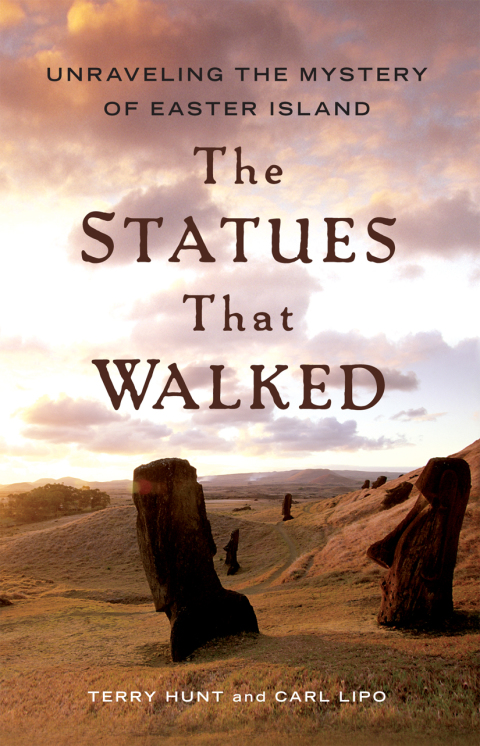
The Statues that Walked PDF
Preview The Statues that Walked
The monumental statues of Easter Island, both so magisterial and so forlorn, gazing out in their imposing rows over the island's barren landscape, have been the source of great mystery ever since the island was first discovered by Europeans on Easter Sunday 1722. How could the ancient people who inhabited this tiny speck of land, the most remote in the vast expanse of the Pacific islands, have built such monumental works? No such astonishing numbers of massive statues are found anywhere else in the Pacific. How could the islanders possibly have moved so many multi-ton monoliths from the quarry inland, where they were carved, to their posts along the coastline? And most intriguing and vexing of all, if the island once boasted a culture developed and sophisticated enough to have produced such marvelous edifices, what happened to that culture? Why was the island the Europeans encountered a sparsely populated wasteland?
The prevailing accounts of the island's history...
